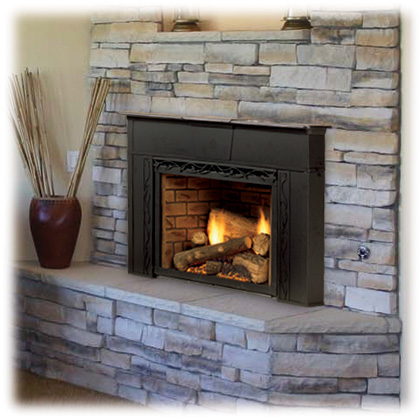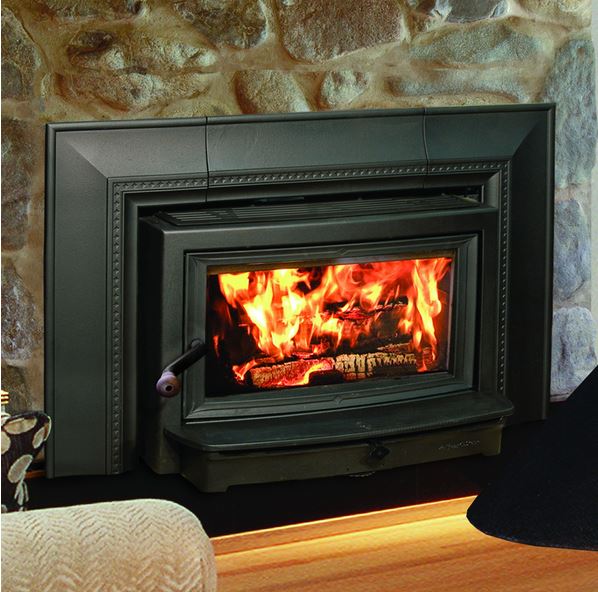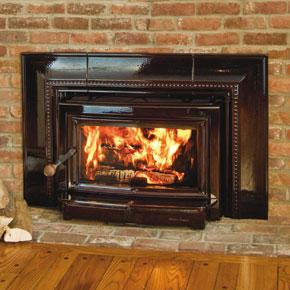 My house has a wood-burning fireplace that we seldom used because of the heat loss. The heating system and water heater run on natural gas, so I’m thinking of converting the fireplace to a gas fireplace.
My house has a wood-burning fireplace that we seldom used because of the heat loss. The heating system and water heater run on natural gas, so I’m thinking of converting the fireplace to a gas fireplace.
What are my options?
Answer: You have several options: gas logs, a gas fireplace and a gas fireplace insert. None involve structural changes, but there are significant differences in aesthetics, energy efficiency, and effects on the air in your house. Having a gas line within eight feet is great, because basic installation costs often include hooking up to a gas line within 10 feet.
A gas log set will give you the look of an open fire but not a lot of heat. The installers must lock the damper into a partially open position. That guards against someone lighting the fire and forgetting to open the vent. Having the damper open all of the time, of course, means that you’re losing heated or cooled air all the time — not the solution you’re seeking. To avoid that, you’d also need to install glass fireplace doors.
A gas fireplace is another option. Because no exhaust would go up the chimney, you’d keep all of the heat in the room, and you could still have an open fire. They are not recommended as main heating systems; you’re only supposed to run them for three or four hours at a time, to keep the moisture and exhaust buildup to generally tolerable levels.
Finally, there’s a true gas fireplace insert. This solution changes the look of a fireplace, because you’re adding an insert, and it eliminates the option of having an open fire. But the look is still tidy, and the result is that you can enjoy the fire without worries. The glass doors are always shut because the fire chamber is sealed, with all of the combustion air piped in and the exhaust air piped out. This gives you energy efficiency and good indoor air, and it allows you to leave the fire running as long as you want.
For more information about your options for gas, contact West Sport in Sudbury, MA.
Washington Post

 If you live in a home in the Boston area, you know that sooner than we know it, winter will be here. It is hard to forget about the epic winter we had last year. Now is the time to start thinking about heating your home this winter. If you want to make your heat more efficient,
If you live in a home in the Boston area, you know that sooner than we know it, winter will be here. It is hard to forget about the epic winter we had last year. Now is the time to start thinking about heating your home this winter. If you want to make your heat more efficient,  Interest in
Interest in  My house has a wood-burning fireplace that we seldom used because of the heat loss. The heating system and water heater run on natural gas, so I’m thinking of converting the fireplace to a gas fireplace.
My house has a wood-burning fireplace that we seldom used because of the heat loss. The heating system and water heater run on natural gas, so I’m thinking of converting the fireplace to a gas fireplace.